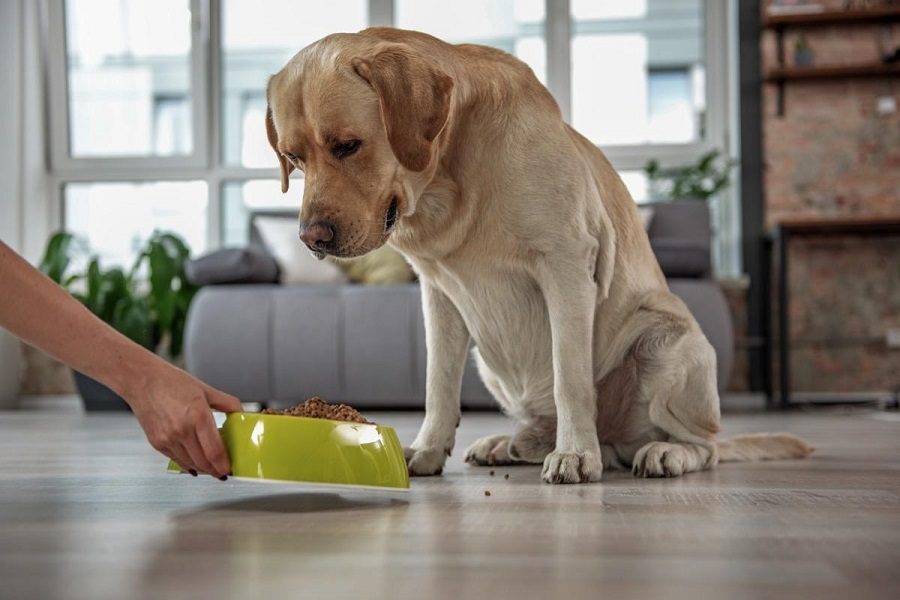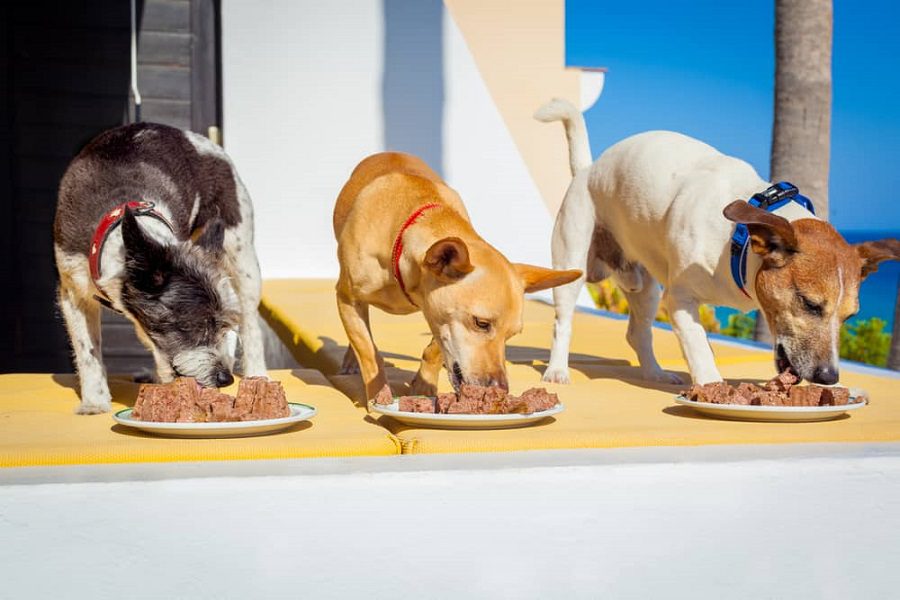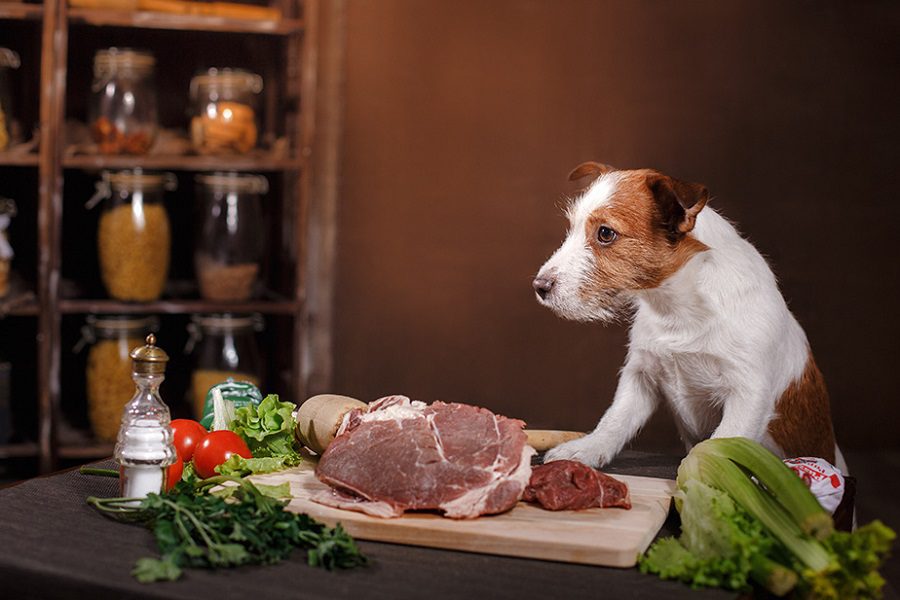Last Updated: 1 year ago
You know you need to be careful about what you feed your diabetic dog but, there are times when you’d love to share some food from your own table with him.
So, what human food can I feed my diabetic dog without fear?
In this article, we provide the definitive answer to that question. In the process, we’ll provide a complete overview of what your diabetic dog needs to be eating for optimal maintenance of his diabetes.
The Human Foods You Can Feed Your Diabetic Dog
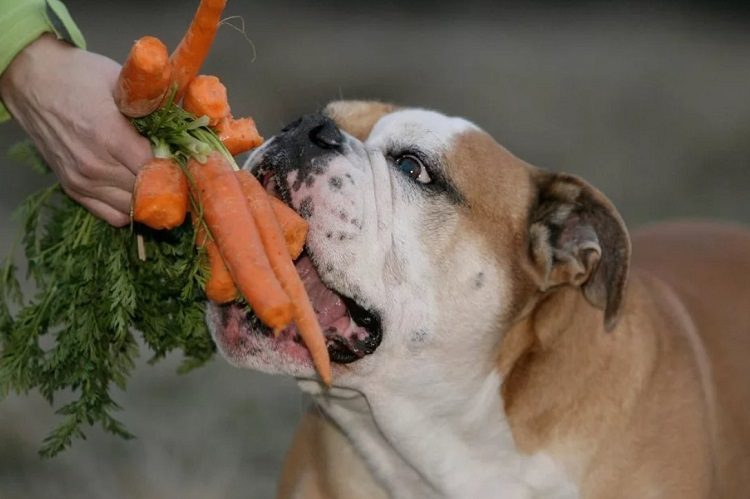
There are a number of foods that you no doubt know and love that are perfectly fine for your diabetic dog.
As we go through these, you will notice a trend towards foods that are low in complex carbs, low in saturated fats, moderate to high in proteins and high in healthy fats.
Watermelon
Watermelons, along with most other types of melon, are perfectly safe for your diabetic dog. They will provide a lot of water and fiber, both of whch are necessary for control of diabetes mellitus.
However, you should check with animal poison control before you start giving your dog any of the more exotic Asian fruits.
Berries
It doesn’t matter whether they are frozen or fresh, berries are another great source of water and fiber for your dog. In addition, they will deliver very important antioxidants.
These compounds are fantastic for fighting free radicals and boosting the dog’s overall infection. As a bonus, your dog will love them, especially the frozen variety.
Sliced Apple
Apples provide lots of great phytochemicals to promote your dog’s inner health. Make sure that the apple slices are seedless.
Citrus fruit is also good for your dog but be sure to take off the rind first.
Carrots
Carrots, along with other fresh crunch vegies, are good for your diabetic dog. As well as providing starchy carbs and fiber, they will strengthen his teeth.
These vegetable options are also low calorie, so they are a good way to fill him up without packing on the pounds.
Green Beans
Green beans are another low calorie vegetable option that will fill your dog up for minimum caloric cost.
Tinned green beans are fine but make sure that they do not have any added salt.
Cooked Chicken
Cooked chicken is a great source of protein for your diabetic dog. Just be sure to remove the skin to reduce the fat content.
To be on the safe side do not dd seasonings or spices to the chicken thaat you feed to your diabetic dog.
Coconut
You have no doubt heard how good coconut is for humans so it should be no surprise that it is just as beneficial for your diabetic dog.
It contains the fatty acid lauric acid which has a whole host of health benefits, including strengthening the immune system. Just be sure that the dog doesn’t ingest any of the outsides of the coconut or your dog may choke on the hairs.
Eggs
Eggs provide another very good source of protein for your diabetic dog. Just be sure that they are well cooked.
Salmon
Salmon provides an excellent source of omega 3 fatty acids, along with lean protein to boost the health of your diabetic dog.
It is also a rich source of vitamins and minerals. Make sure, though, that it is fully cooked before serving it up to your pooch.
Quinoa
Quinoa is a great source of healthy starch for your diabetic dog. It is far preferable to corn or starch, providing the protein, healthy fats and phytochemicals without the fattening carbs.
Food Timing
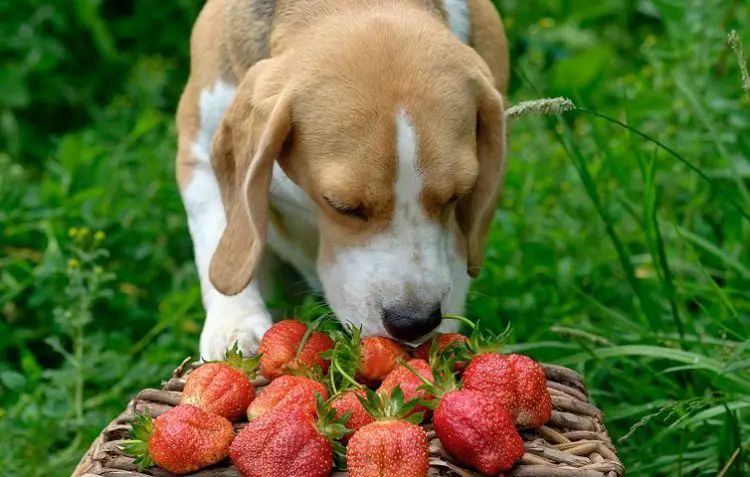
If your dog has diabetes, not only is the type of food that he eats important but so is the timing of the meals. You need to follow what we could call the ‘same’ approach.
This involves feeding your dog the same amount of the same type of food and providing that food at the same time each day. The feedings should be spaced between eight and twelve hours apart.
This ‘same’ approach helps your dog to maintain a steady blood sugar level and works in harmony with the insulin injections you are giving to your dog.
You should work with your vet to determine the best diet for your dog, as there is no standard diet for dogs with diabetes.
Each dog’s dietary needs will vary greatly and will depend on such factors as body weight, the amount of exercise the dog has been getting and the presence of other medical conditions, not to mention what foods the dog likes.
FAQ
What sort of carbs should my diabetic dog eat?
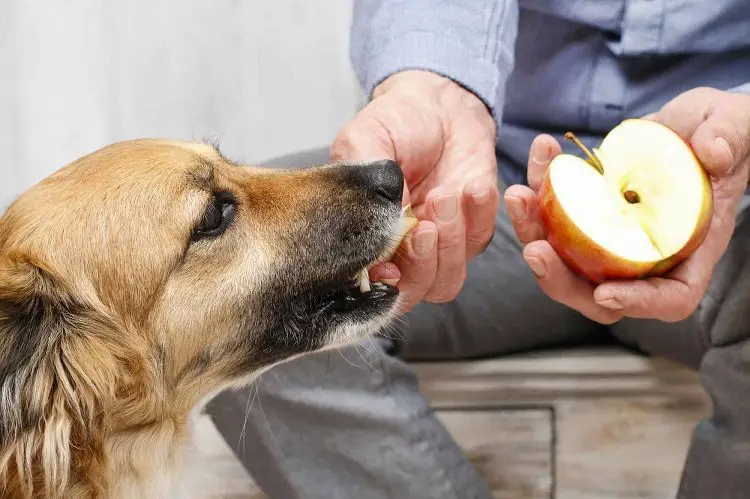
It is important to monitor your diabetic dog’s carb intake because any fluctuation can impact the amount of insulin the dog needs. Getting the right amount of carbs in your dog’s diet will be a matter of trial and error, so you will need to be patient.
You should concentrate on carb foods that are low on the glycemic index. Most fruits and vegetables, some whole grains and legumes come into this category.
Medium glycemic index carb foods, such as whole wheat, potatoes, and brown rice, can be fed to your diabetic dog in moderation. High glycemic foods, such as white rice, white bread, pasta, and sugars, should be avoided completely.
Does a diabetic dog need lots of fiber?
Yes, diabetic dogs do need a good amount of fiber. Fiber is the part of plant foods that cannot be digested. It helps to slow down the digestion of carbohydrates and the release of glucose into the bloodstream.
A dog that eats a fiber rich diet will have fewer fluctuations in blood sugar levels.
How much fat should my diabetic dog be eating?
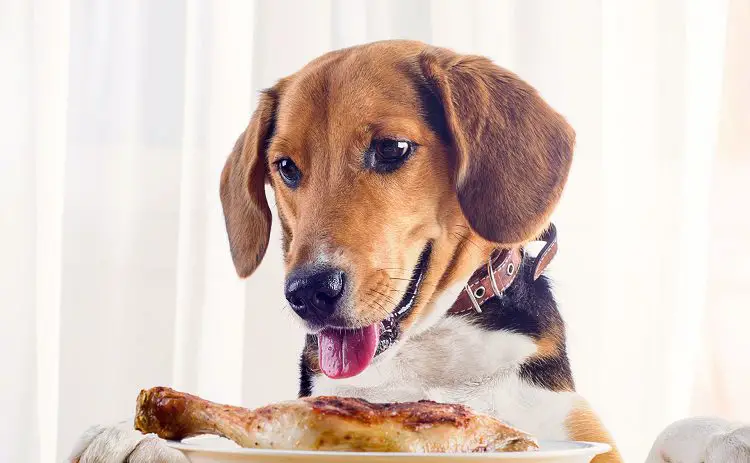
The majority of diabetic dogs do well on a low-fat diet. You should limit the levels of saturated fat in the dog’s diet by trimming the fat from any meats you serve up.
You can, however, serve up plenty of healthy fats to your dog in the form of foods like coconut, green, leafy vegetables, and salmon.
How much protein does my diabetic dog need?
As a general guideline, you should ensure that protein makes up between 40 and 60 percent of your dog’s diet.
Can I still give my diabetic dog treats?
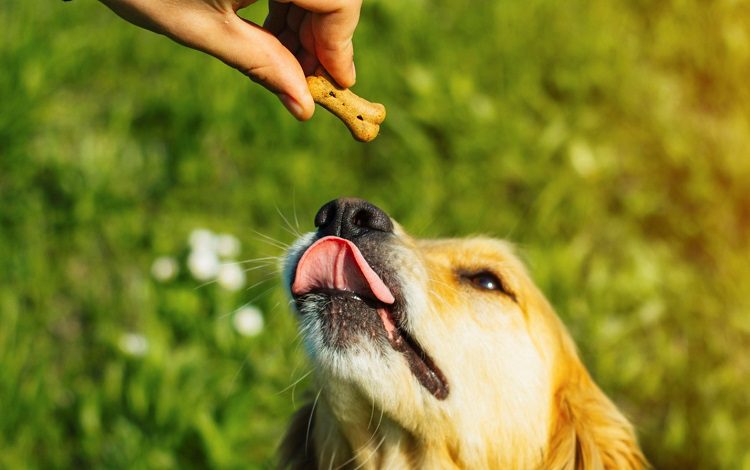
All dogs enjoy treats, with those with diabetes being no exception. In fact, you may need some types of treats to help balance blood sugar levels.
Other treats are useful as rewards after insulin shots. You just have to ensure that the treats that you provide yo your dog re healthy and that they are appropriate.
Some good treat food options for your diabetic dog include carrot sticks, raw string beans and snap peas. Avoid any treats that are high in carbs and/or sugar.
These would include soft or moist foods and treats. You should also stay away from any treats that contain propylene glycol or similar chemicals. Stay away, too, from dehydrated meats that originate in China.
You can make your own dried meat or poultry treats by cutting the meat into ultra-thin slices and then putting them in a food dehydrator or baking them in a slow oven (275 to 300 degrees F.) until they are crunchy.
Are there any special foods that can help a diabetic dog?
The following foods will be beneficial in helping to control blood sugar levels:
- Green beans – the ben pods contain substances that are related to insulin.
- Dandelion greens.
- Jerusalem artichoke.
- Winter squash.
Is brewer’s yeast good for dogs with diabetes?
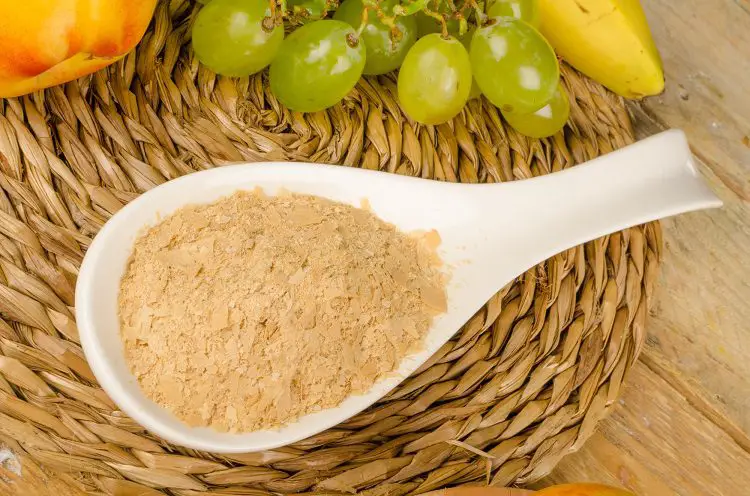
Yes, Brewer’s yeast is extremely good for diabetic dogs. It is a rich source of chromium, which is an essential trace mineral that helps the body maintain stable blood sugar levels, improve glucose tolerance and reduce the amount of insulin that the dog may require.
However, brewer’s yeast must not be confused with nutritional yeast, baker’s yeast or torula yeast, all of whch are low in chromium.
Brewer’s yeast is made from a fungus called Saccharomyces cerevisiae. It is also a rich source of protein, selenium, and the B-complex vitamins, which helps to break down carbohydrates, fats and protein and provides the body with energy.
A recommended dose of brewer’s yeast is one teaspoon, depending on the size of the dog, with each meal.
Conclusion
There are a large number of human foods that are excellent sources of food for your diabetic dog. These mainly consist of low glycemic index fruits and vegetables, along with such meats as skinless chicken, and salmon.
Medium glycemic index foods, such as potatoes and brown rice can be eaten in moderation. High glycemic foods such as white rice and pasta should be avoided altogether.
When it comes to treats for your diabetic dog, again, the focus should be on low glycemic index foods, such as carrot sticks, raw string beans and snap peas.

